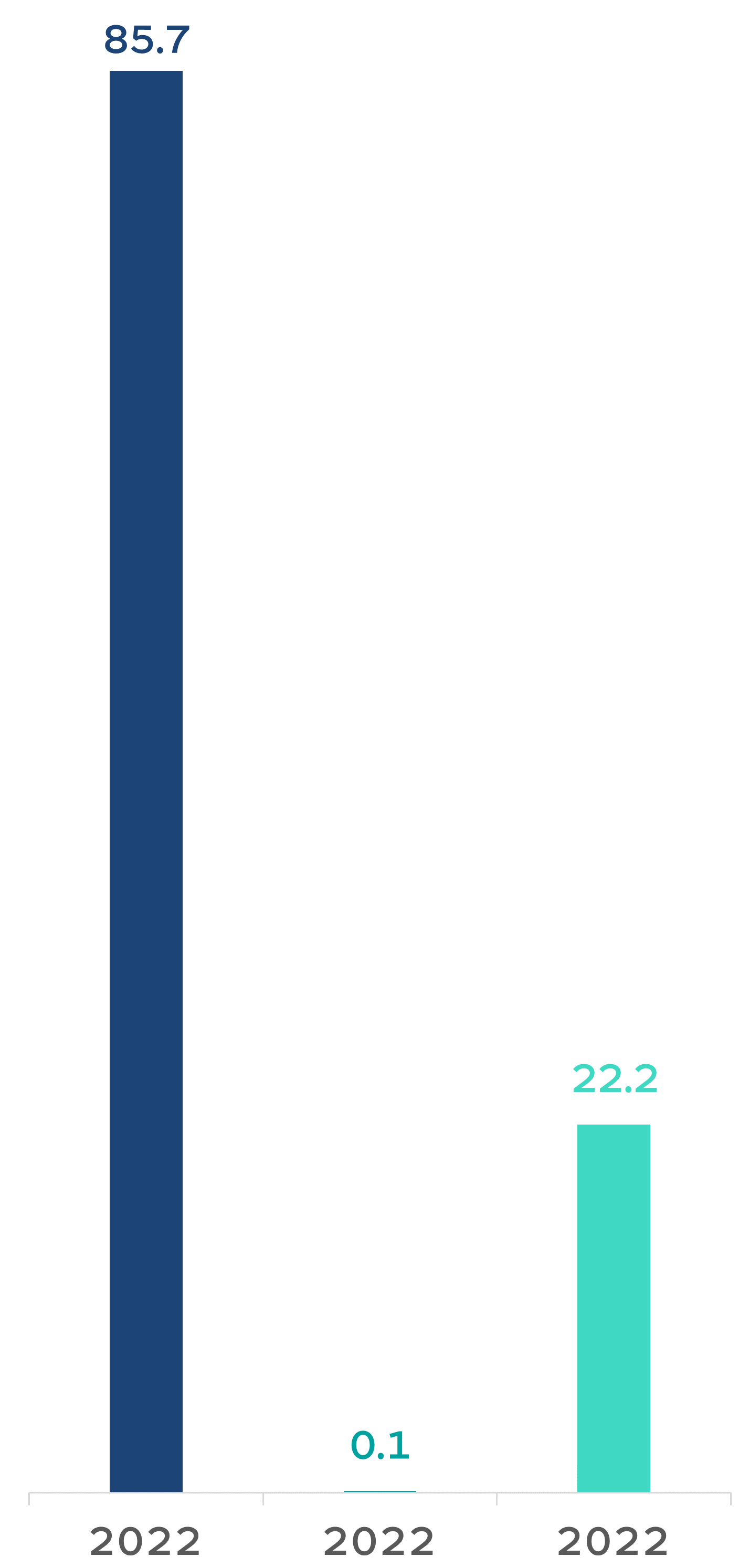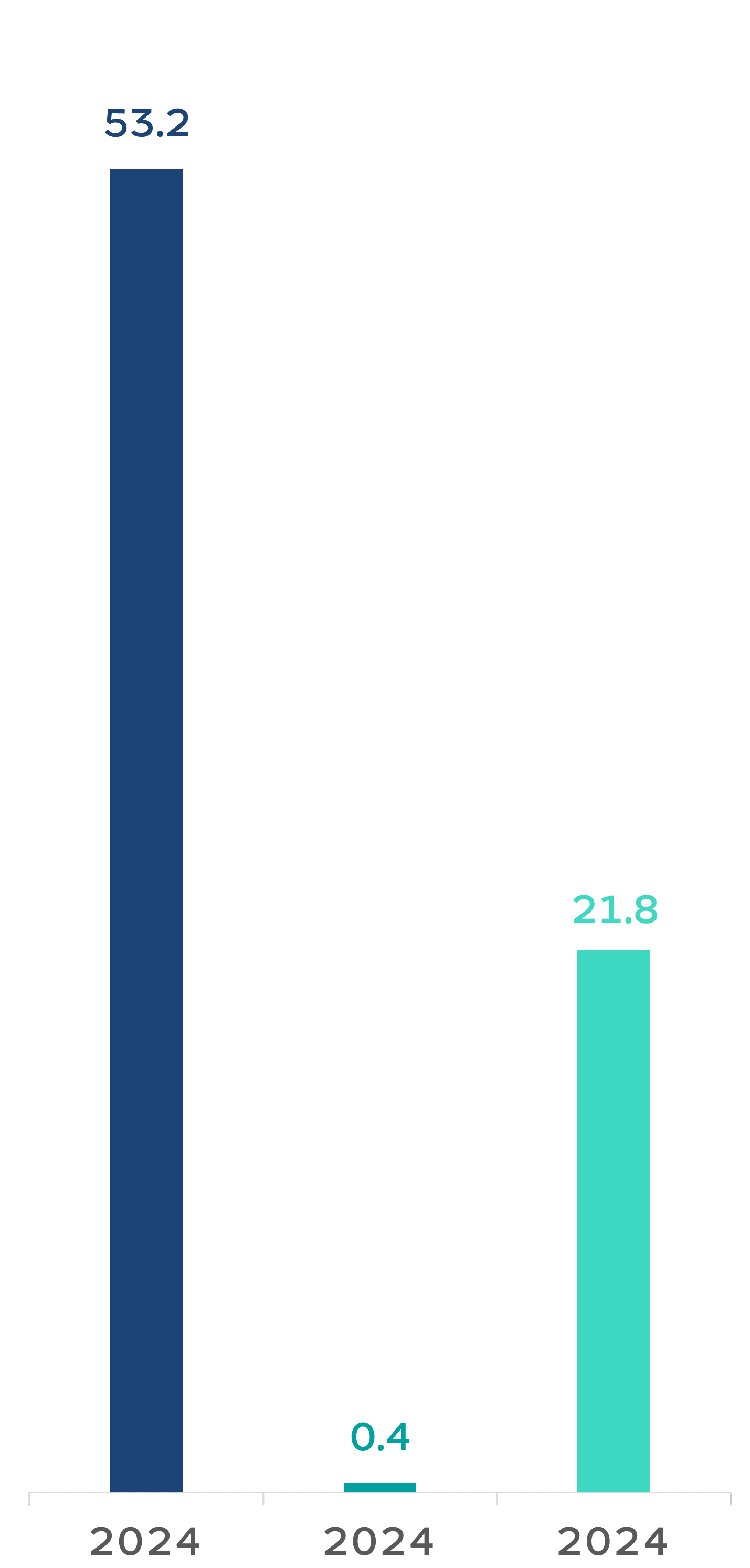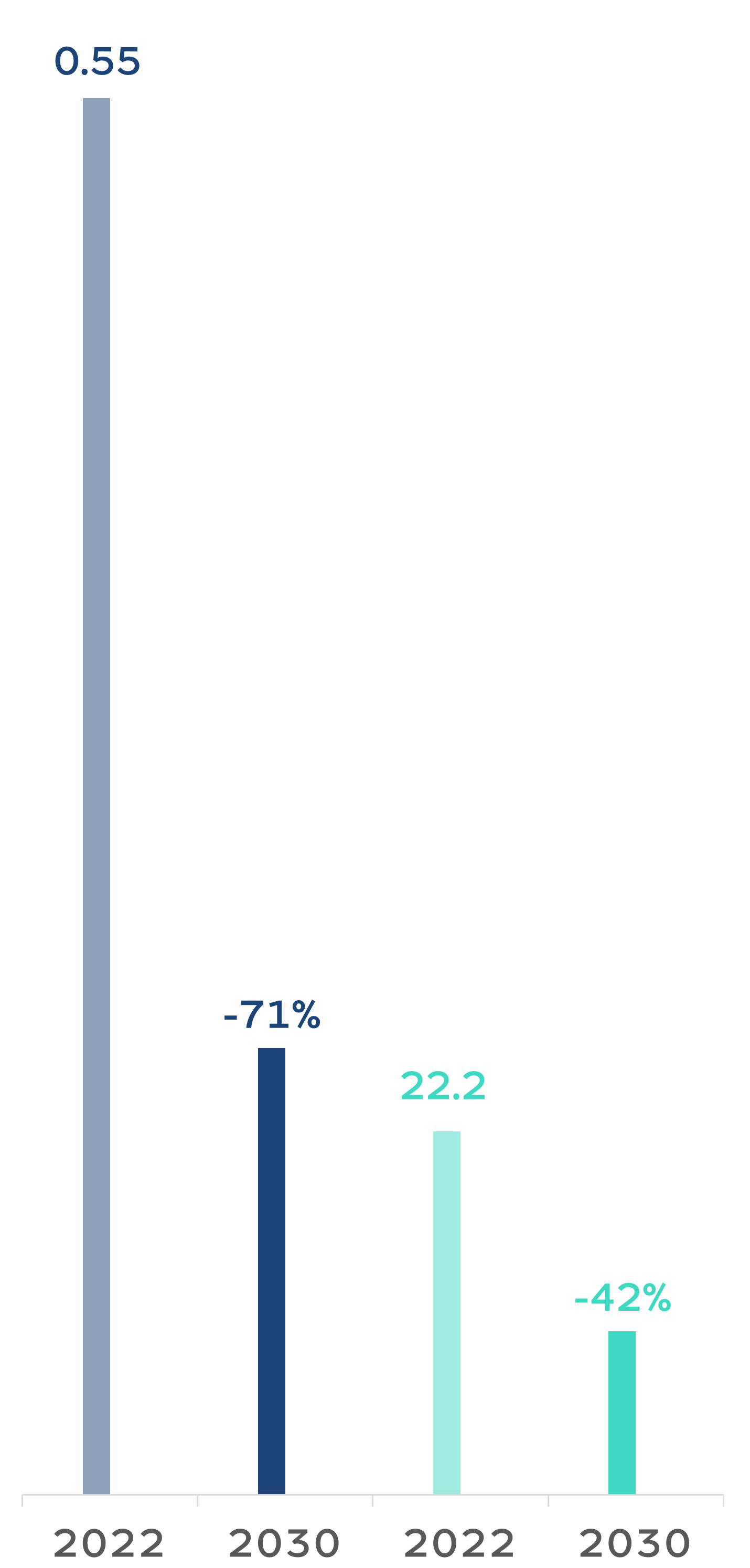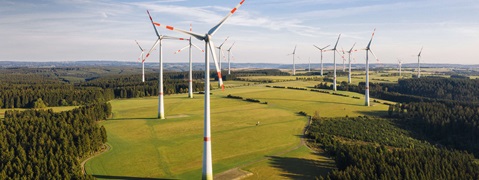

Scope 3
Emissions from our upstream and downstream value chains
Scope 2
Emissions from our purchased and consumed energy
Scope 1
Emissions from our operating activities
CO2 equivalents (CO2e) in million metric tons; CO2e is a unit of measurement used to standardise the climate effects of various greenhouse gases.


Scope 3
Emissions from our upstream and downstream value chains
Scope 2
Emissions from our purchased and consumed energy
Scope 1
Emissions from our operating activities
CO2 equivalents (CO2e) in million metric tons; CO2e is a unit of measurement used to standardise the climate effects of various greenhouse gases.


Scope 3
Overall reduction target for emissions from our upstream and downstream value chains
Scope 1 & 2
Relative reduction target per kWh of power generated for emissions from our operating activities and emissions from our purchased and consumed energy
The baseline year for our emission reduction targets is fiscal 2022.




